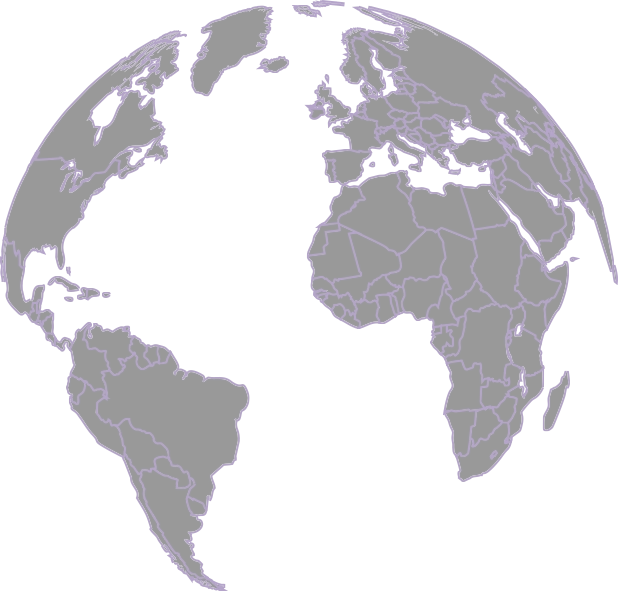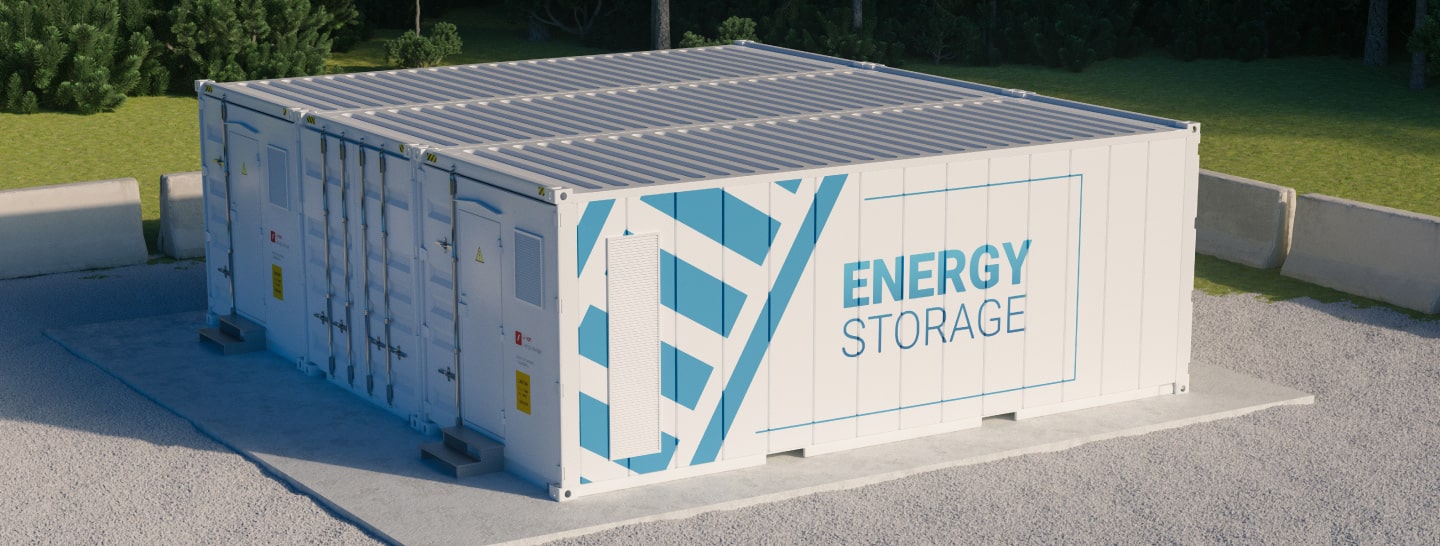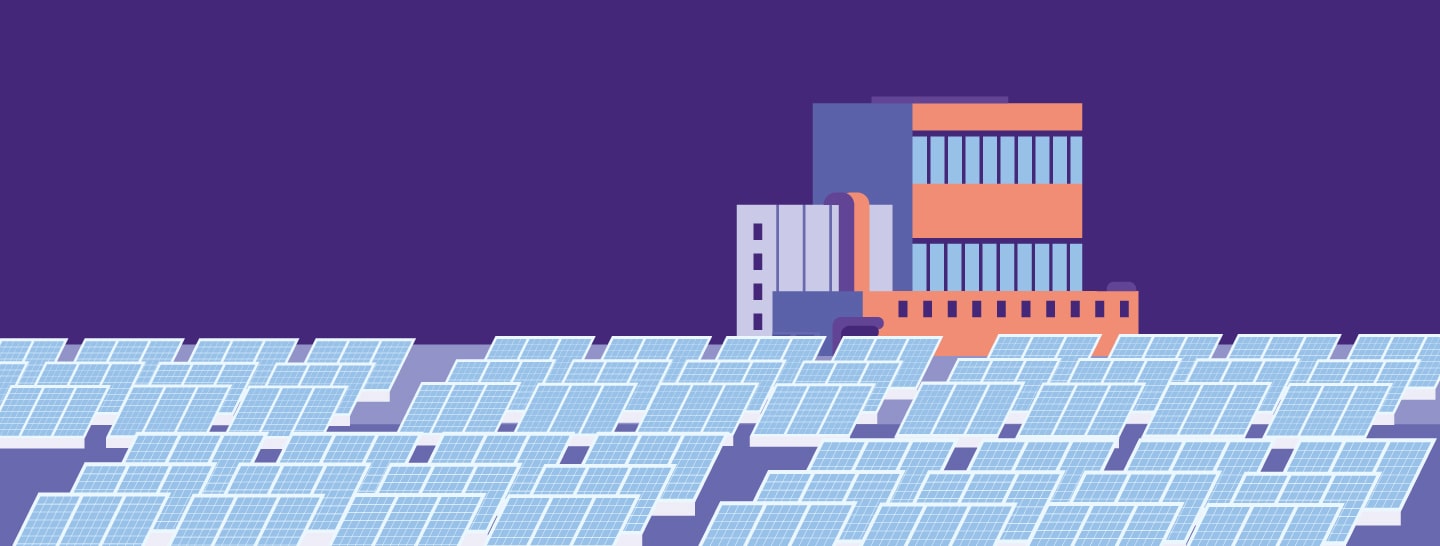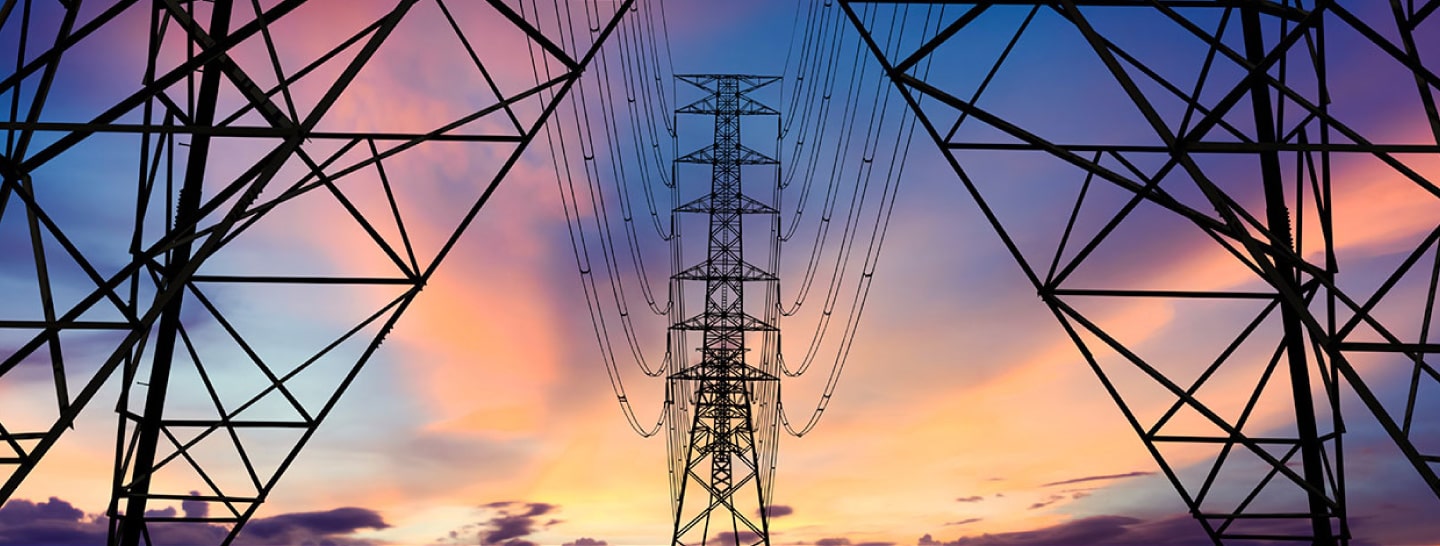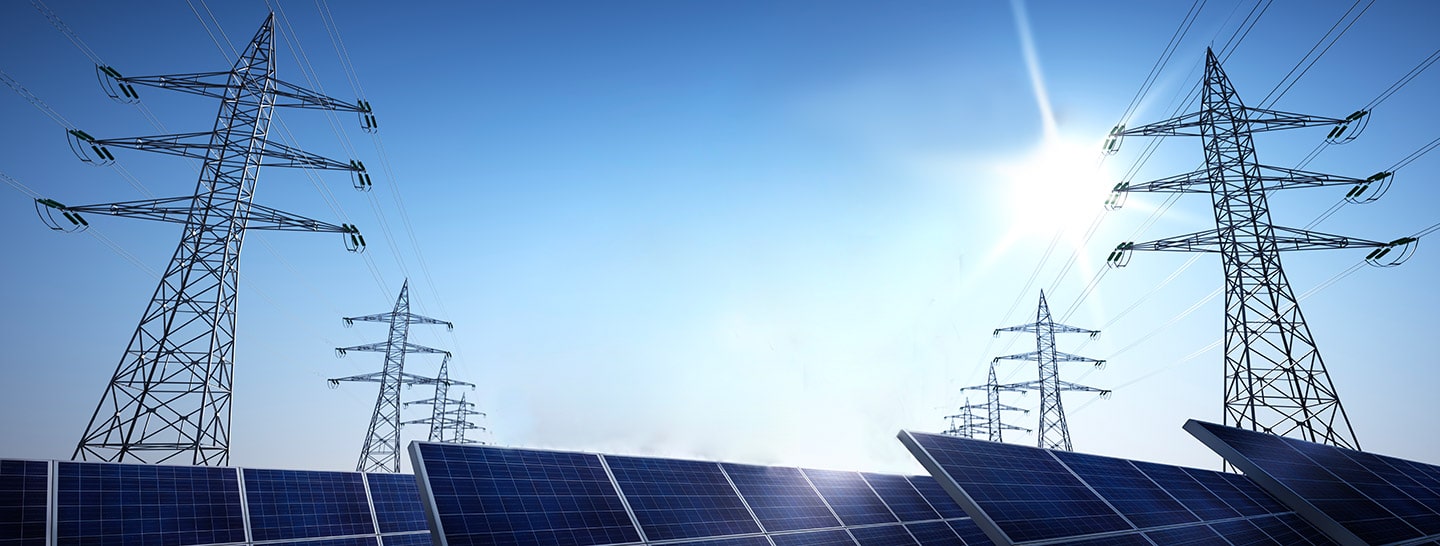
What is distributed power generation?
The centralized grid is becoming obsolete

The way it used to work, giant coal, gas, or hydroelectric power stations generated electricity that was then distributed by a centralized grid.
While that worked well enough when demand was limited and predictable, reliability of supply has now emerged as an issue even in many major developed economies because of the demands that an ever-more electrified world places on the grid.
Finding new power sources
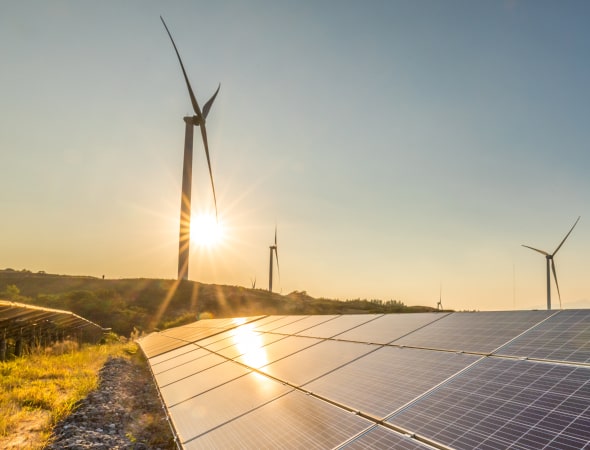
The smart grid’s importance
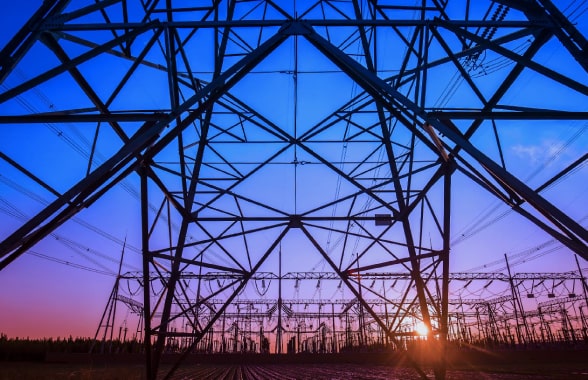
The key to keeping the lights on in this new world is what is called a smart grid. This is defined by a two-way flow of electricity and data, using digital communications technology to anticipate, detect and react to changes in usage and demand.
In short, the smart grid enables distributed energy management.
Enel X’s distributed energy services
By bringing clean, reliable power to commercial and industrial clients, distributed generation in the power system reduces the risks inherent in relying on the grid for energy. We help our clients make the leap to a more reliable, sustainable future with a distributed energy offering that covers multiple types of distributed generation.
This includes the sale, installation and maintenance of combined heat and power generation plants, solar panel arrays, as well as the necessary infrastructure.

Our tailored financial solutions
We can also offer a variety of financial solutions, tailored to meet clients’ needs. These include Cogenio, our joint venture with Infracapital, the infrastructure equity investment arm of M&G, one of Europe’s biggest fund managers.
This designs, implements and manages distributed energy solutions for commercial and industrial clients, using a turnkey, no upfront payment model.

Changing the grid’s working
They can also get compensated for allowing their storage systems to help stabilize the grid, particularly during peak hours.
For the customer, this adds up to lower costs, reduced environmental impact and an improved supply of green energy.
